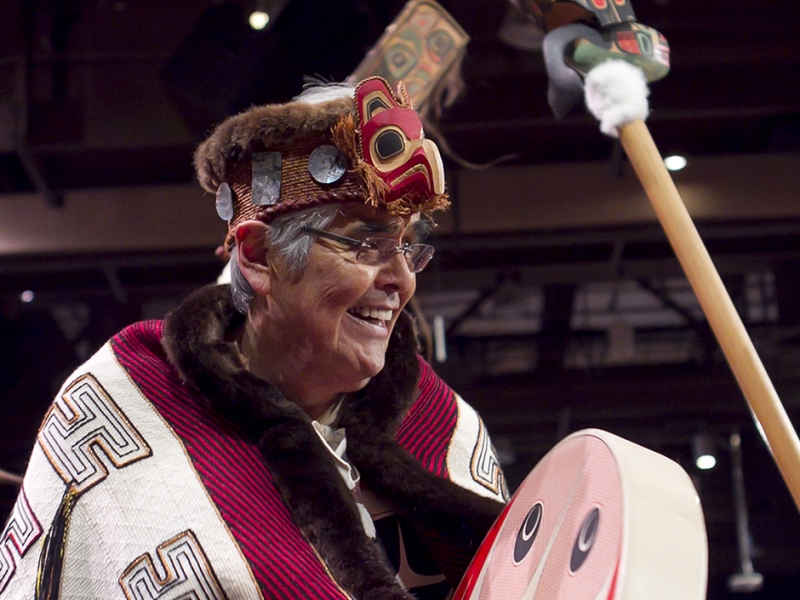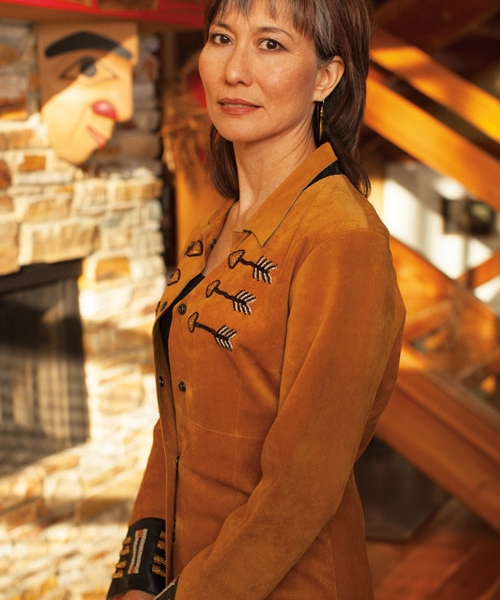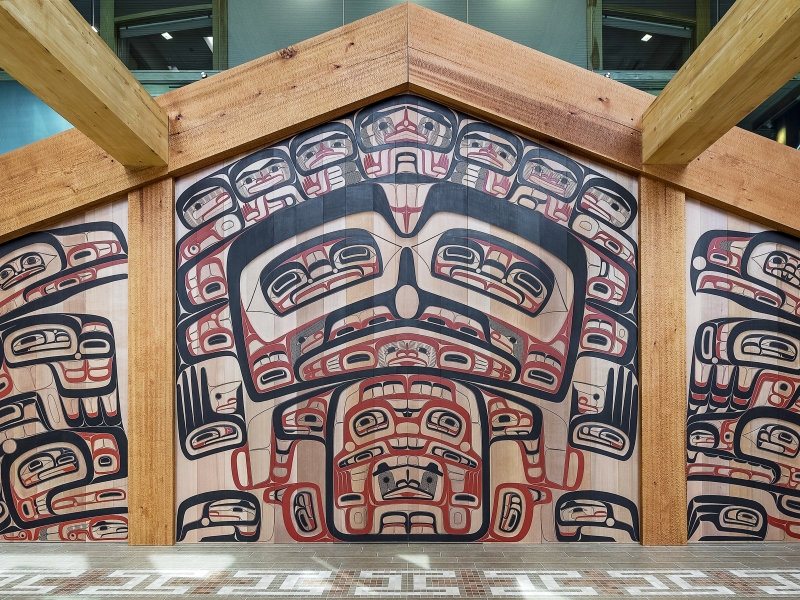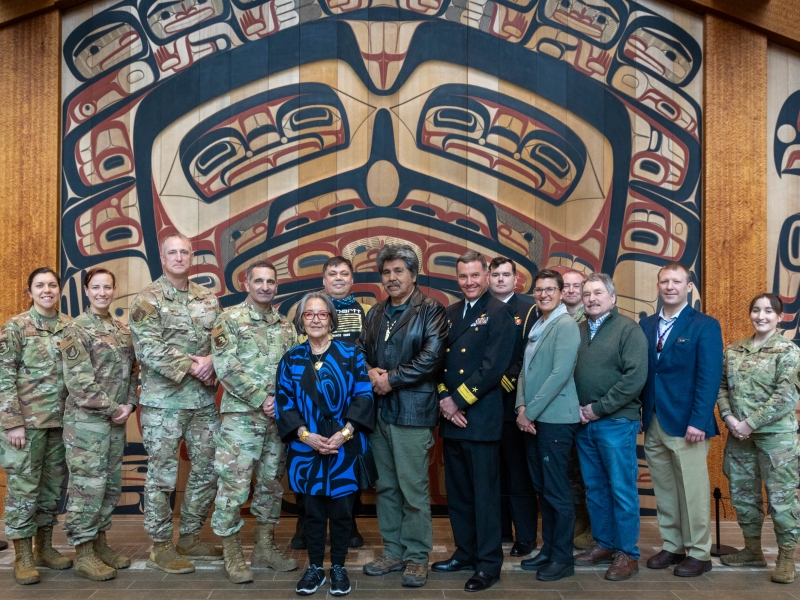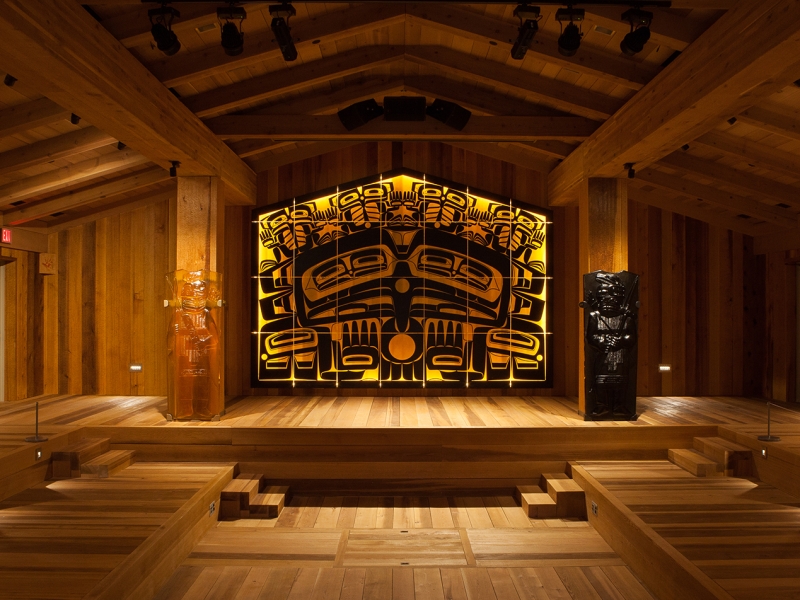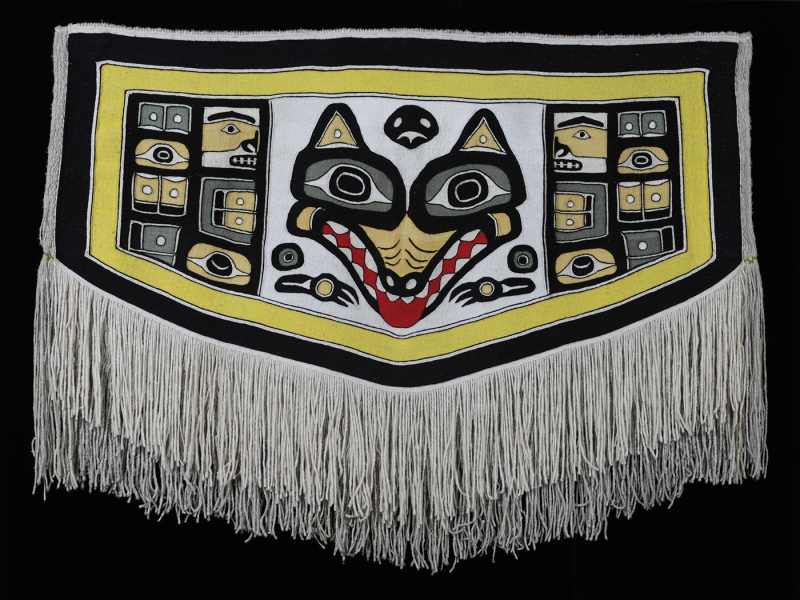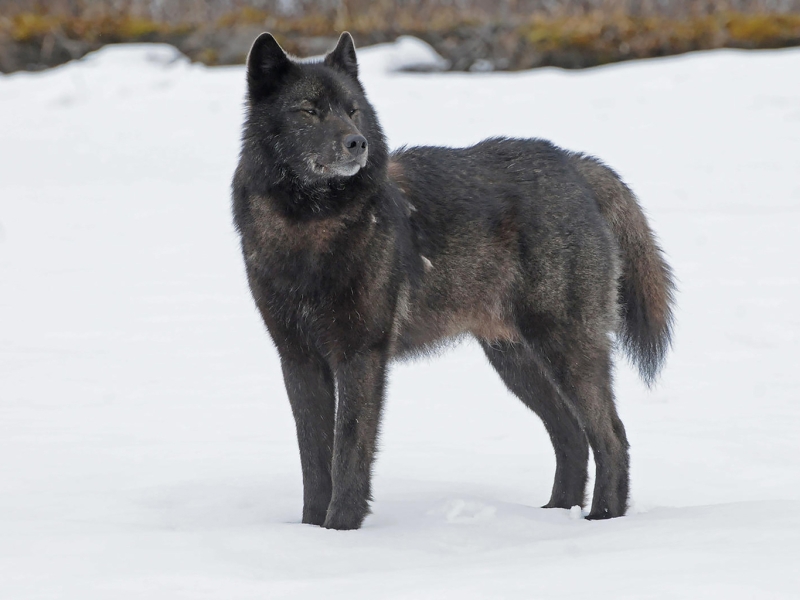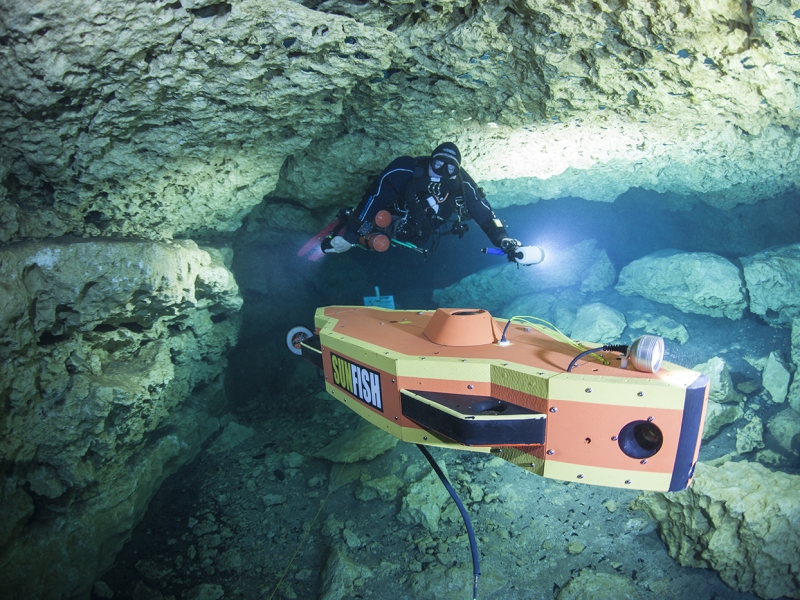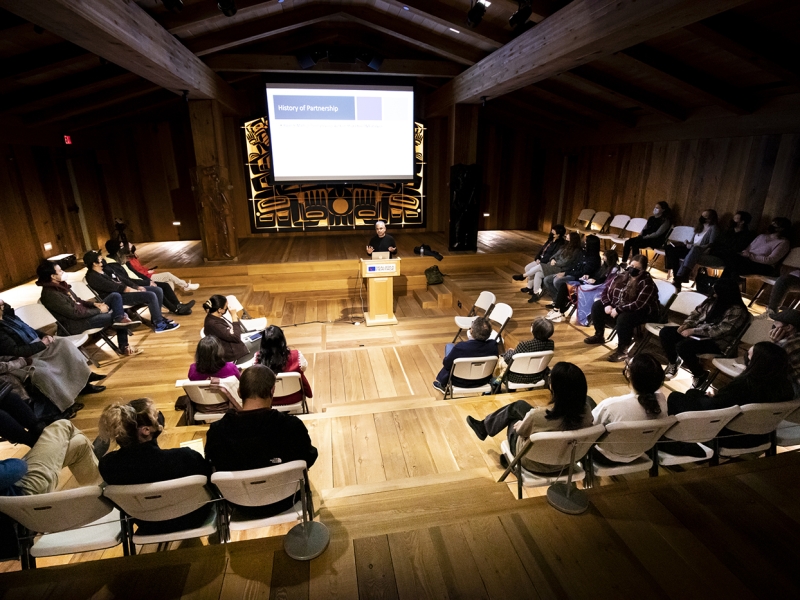SHI lecture to explore potential of generative AI
Sealaska Heritage Institute Press Release
SHI LECTURE TO EXPLORE POTENTIAL OF GENERATIVE AI
Director of Creative ...
SHI lecture to explore evolution of Northwest Coast art
Sealaska Heritage Institute Press Release
SHI LECTURE TO EXPLORE EVOLUTION OF NORTHWEST COAST ART
Renowned Haida ...
SHI lecture to explore the meaning of Haida title
Sealaska Heritage Institute Press Release
SHI LECTURE TO EXPLORE THE MEANING OF HAIDA TITLE
Haida lawyer ...
SHI lecture to feature renowned Tsimshian artist
Sealaska Heritage Institute Press Release
SHI LECTURE TO FEATURE RENOWNED TSIMSHIAN ARTIST
Carver David A. Boxley ...
U.S. military to offer historic apology to Kake for devastating 1869 bombardment
Organized Village of Kake Press Release with Sealaska Heritage Institute
U.S. MILITARY TO OFFER ...
SHI lecture to explore the intersection of Tlingit culture and contemporary glass art
Sealaska Heritage Institute Press Release
SHI LECTURE TO EXPLORE THE INTERSECTION OF TLINGIT CULTURE AND ...
SHI lecture to focus on Indigenous knowledge, species assessment for Alexander Archipelago wolf
Sealaska Heritage Institute Press Release
SHI LECTURE TO HIGHLIGHT INDIGENOUS KNOWLEDGE OF SOUTHEAST ALASKAN WOLVES
Speaker ...
SHI lecture to highlight Indigenous knowledge of Southeast Alaskan wolves
Sealaska Heritage Institute Press Release
SHI LECTURE TO HIGHLIGHT INDIGENOUS KNOWLEDGE OF SOUTHEAST ALASKAN WOLVES
Speaker ...
Fall Lecture Series Kicks off with Talk on Submerged Archeology, Advanced Underwater Robotics
Sealaska Heritage Institute Press Release
SHI KICKS OFF FALL LECTURE SERIES WITH TALK ON SUBMERGED ...
SHI to sponsor 2024 fall lecture series
Sealaska Heritage Institute Press Release
SHI to sponsor 2024 fall lecture series
Free events to explore ...

